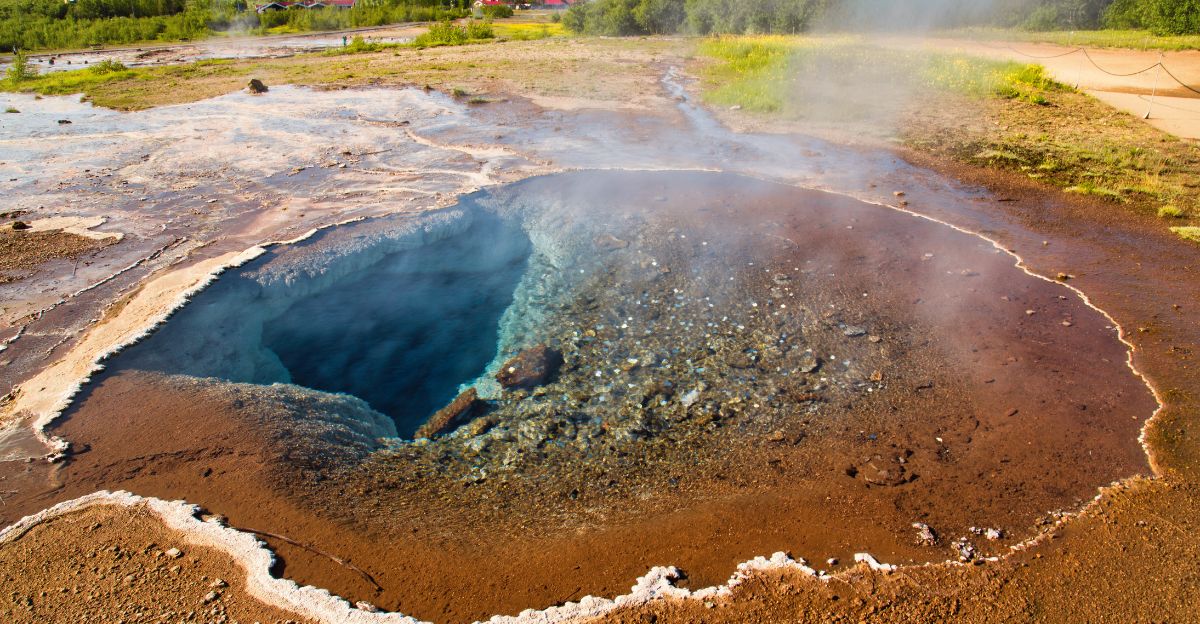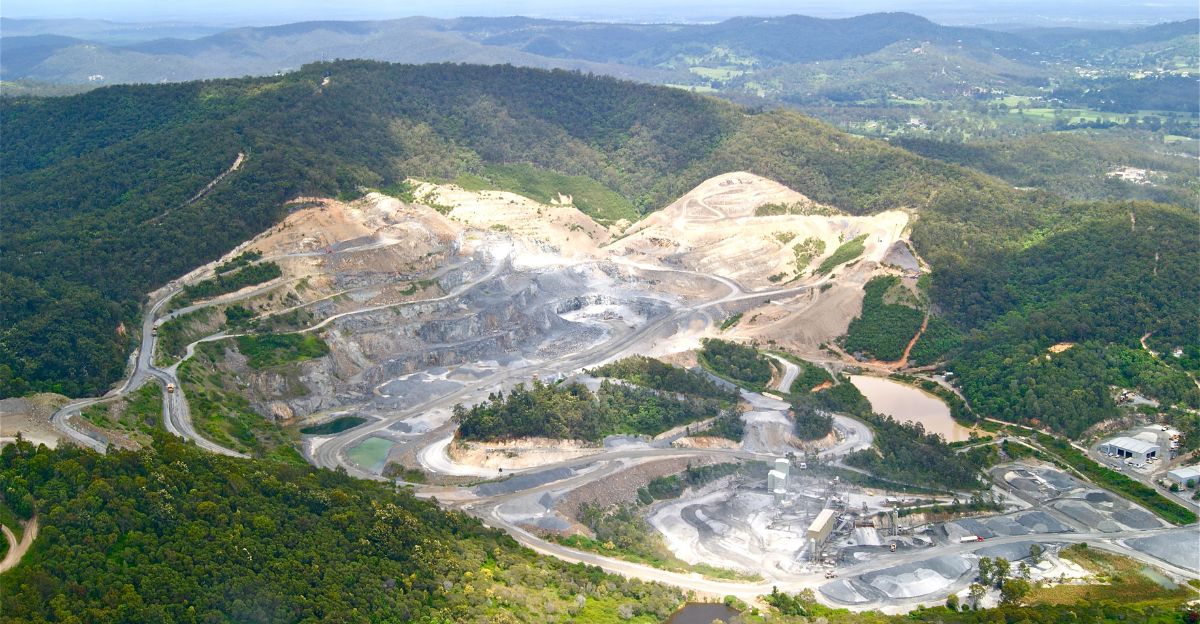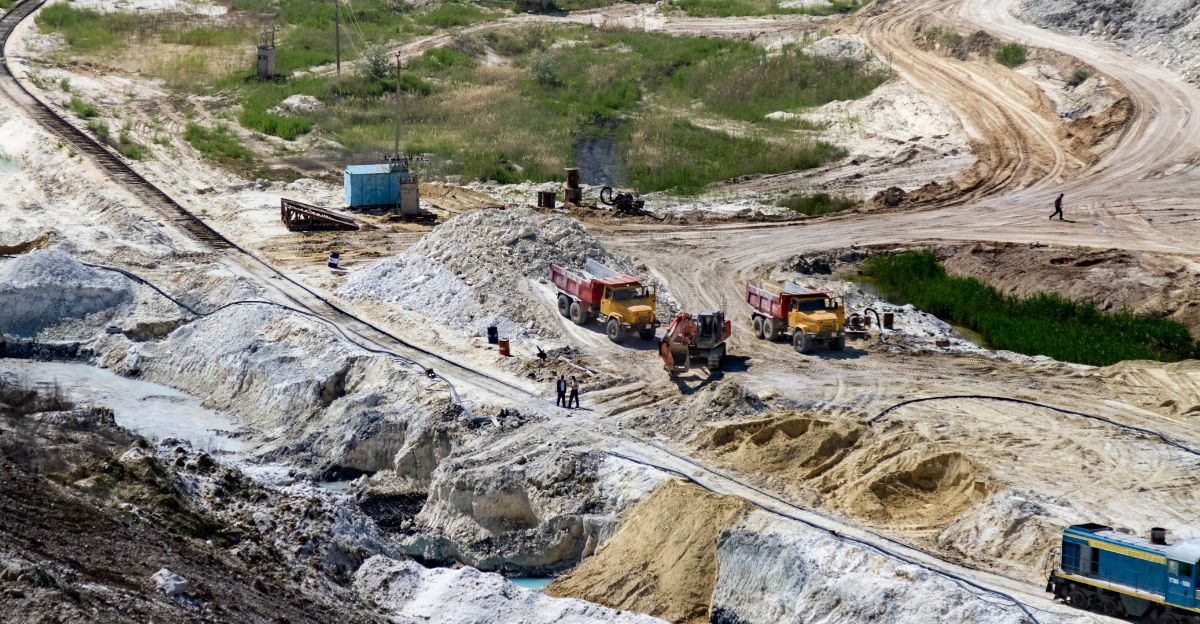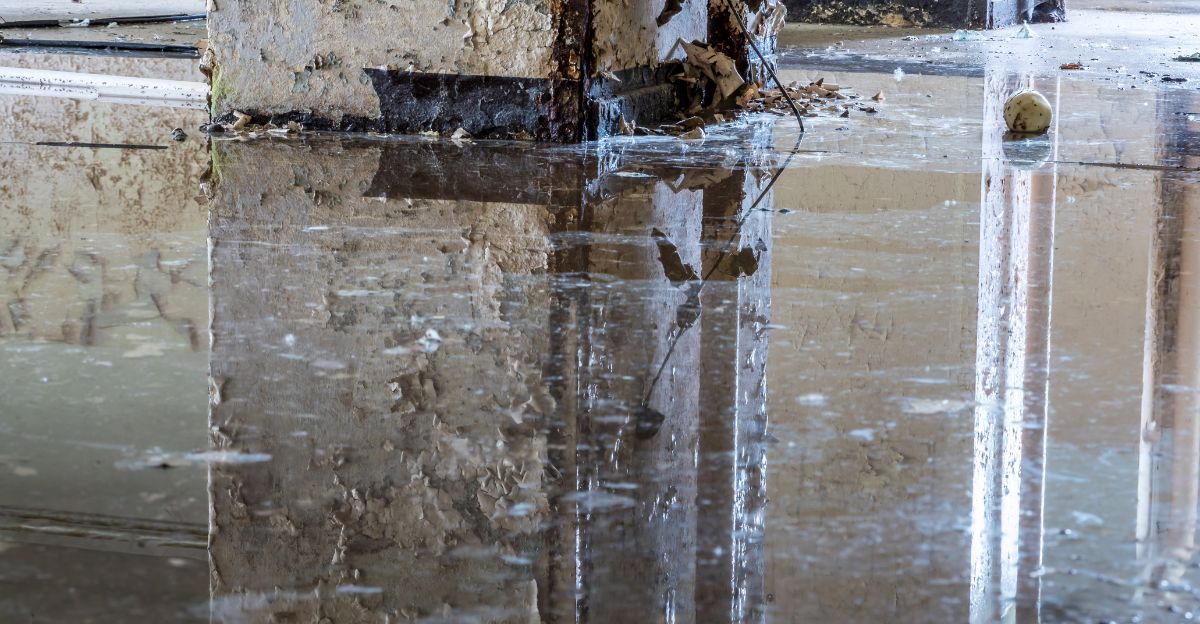
Across North America, the ground is sinking, impacting both urban and rural landscapes. This phenomenon, known as land subsidence, leads to cracked foundations and damaged infrastructure, with potential building collapses in the worst-case scenarios. Coastal regions face a double threat, as sinking land exacerbates the impact of rising sea levels.
A recent study reveals that every major U.S. city is experiencing some subsidence, affecting approximately 34 million Americans. From Houston to New York, the silent crisis of sinking land poses unique infrastructure and urban development challenges, requiring urgent attention and sustainable management strategies. Addressing subsidence is crucial to protect communities and ensure the longevity of urban centers.
The Science Behind the Sink

Subsidence is the sinking of land due to the movement of underground materials. This is frequently triggered when water, oil, gas, or minerals are extracted from the earth through pumping, fracking, or mining. While human activities are major contributors, natural causes such as earthquakes, soil compaction, and glacial isostatic adjustment (GIA) also play a role.
Understanding the primary causes of subsidence is critical for developing targeted mitigation strategies. Effective monitoring and research are essential to differentiate between natural and human-induced subsidence, helping to inform appropriate interventions and policies.
The Thirsty Continent: How Groundwater Extraction Causes Subsidence

Groundwater over-extraction is responsible for approximately 80% of subsidence in the U.S. When groundwater is excessively pumped out, the pore-fluid pressure decreases, increasing the effective stress on the aquifer system. This leads to the compaction of the aquifer and the sinking of the land above.
The principle of effective stress highlights the direct relationship between groundwater levels and land stability. Sustainable groundwater management is essential to mitigate subsidence, involving strategies like artificial recharge and regulated pumping to maintain balanced aquifer systems. Implementing these practices can help prevent further compaction and protect against the long-term consequences of subsidence.
Sinking Cities: Mapping North America’s Subsidence Hotspots

Several regions and cities in the U.S. are severely affected by subsidence. The Houston-Galveston area in Texas faces subsidence rates of up to 2 inches (5 cm) per year due to long-term groundwater mining and oil and gas extraction. Phoenix, Arizona and the Las Vegas Valley in Nevada also experience significant yearly subsidence rates.
The Mississippi Delta in Louisiana subsides at rates greater than 1 cm per year, exacerbated by reduced sediment deposition from levees and dams. These hotspots require immediate attention and targeted interventions to mitigate the risks associated with sinking land.
The East Coast’s Dilemma: Natural Processes and Human Activities

The U.S. East Coast faces a dual challenge with subsidence, influenced by glacial isostatic adjustment (GIA) and human activities. GIA, the ongoing land rebound from the last ice age, contributes to subsidence in many East Coast cities. Cities like New York, Philadelphia, and Washington, D.C., experience subsidence rates reaching up to 5 mm per year due to GIA.
Human activities, such as groundwater extraction and construction, further exacerbate the issue. Understanding the combined impact of these factors is crucial for developing effective strategies to address subsidence and protect vulnerable coastal communities.
The Price of Sinking: Infrastructure Under Threat

Subsidence significantly threatens critical infrastructure, including highways, railways, airports, dams, and levees. The structural integrity of these vital systems is compromised as the land beneath them shifts and sinks. Over half the infrastructure in major cities like New York, Baltimore, and Norfolk is built on subsiding land, increasing the risk of damage and failure.
The cost of repairing and maintaining infrastructure in subsiding areas can be substantial, diverting resources from other essential services. Proactive measures, such as regular monitoring and strategic upgrades, are necessary to safeguard infrastructure and ensure public safety.
Dollars Down the Drain: The Economic Impact of Subsidence

The financial consequences of subsidence are extensive, including increased flood risk, property damage, and high infrastructure repair costs. Subsidence elevates flood risk by reducing the elevation of coastal and low-lying areas, making them more susceptible to inundation. Property damage, such as cracked foundations and structural instability, can decrease property values and insurance costs.
Delays addressing subsidence result in more extensive and costly repairs, straining municipal budgets and impacting local economies. Investing in preventative measures and sustainable land management practices is economically prudent, mitigating the long-term financial burden of subsidence.
Thinking Outside the Hole: Geoengineering as a Subsidence Solution?

While traditional methods focus on managing groundwater and limiting extraction, unconventional solutions like managed aquifer recharge and other geoengineering approaches offer alternative strategies to combat subsidence. Managed aquifer recharge involves injecting water into the ground to increase pore-fluid pressure and stabilize the land.
Other geoengineering techniques, such as soil stabilization and land elevation, could provide additional support. However, these approaches are not without controversy, as they may have unintended environmental consequences and require careful consideration and rigorous testing. Exploring these options could lead to innovative solutions for subsidence management.
Tales from the Edge: Extreme Subsidence Case Studies

Extreme cases of subsidence reveal the dramatic consequences of land sinking. Coastal Georgia, South Carolina, and North Carolina face sinking issues likely influenced by dams blocking sediment flow down key rivers, preventing natural replenishment of coastal lands. Draining and compaction of peat soils in regions like the Sacramento-San Joaquin Delta in California lead to significant subsidence, impacting agriculture and infrastructure.
These cases highlight the complex interplay of human activities and natural processes in driving subsidence. Studying these extreme examples provides valuable insights into the factors exacerbating subsidence and informs strategies for prevention and mitigation.
Sinking Fast: Time to Act on North America’s Subsidence Crisis

Land subsidence in North America presents a growing crisis that demands immediate attention. The key points emphasize the need for monitoring, research, and mitigation strategies to address sinking land. Sustainable groundwater management, including regulated extraction and artificial recharge, is essential to maintaining balanced aquifer systems.
Infrastructure planning must account for subsidence risks, incorporating resilient designs and regular maintenance to prevent failures. By implementing these measures, communities can safeguard against the impacts of subsidence and ensure a sustainable future for urban and rural areas.
Explore more of our trending stories and hit Follow to keep them coming to your feed!

Don’t miss out on more stories like this! Hit the Follow button at the top of this article to stay updated with the latest news. Share your thoughts in the comments—we’d love to hear from you!







